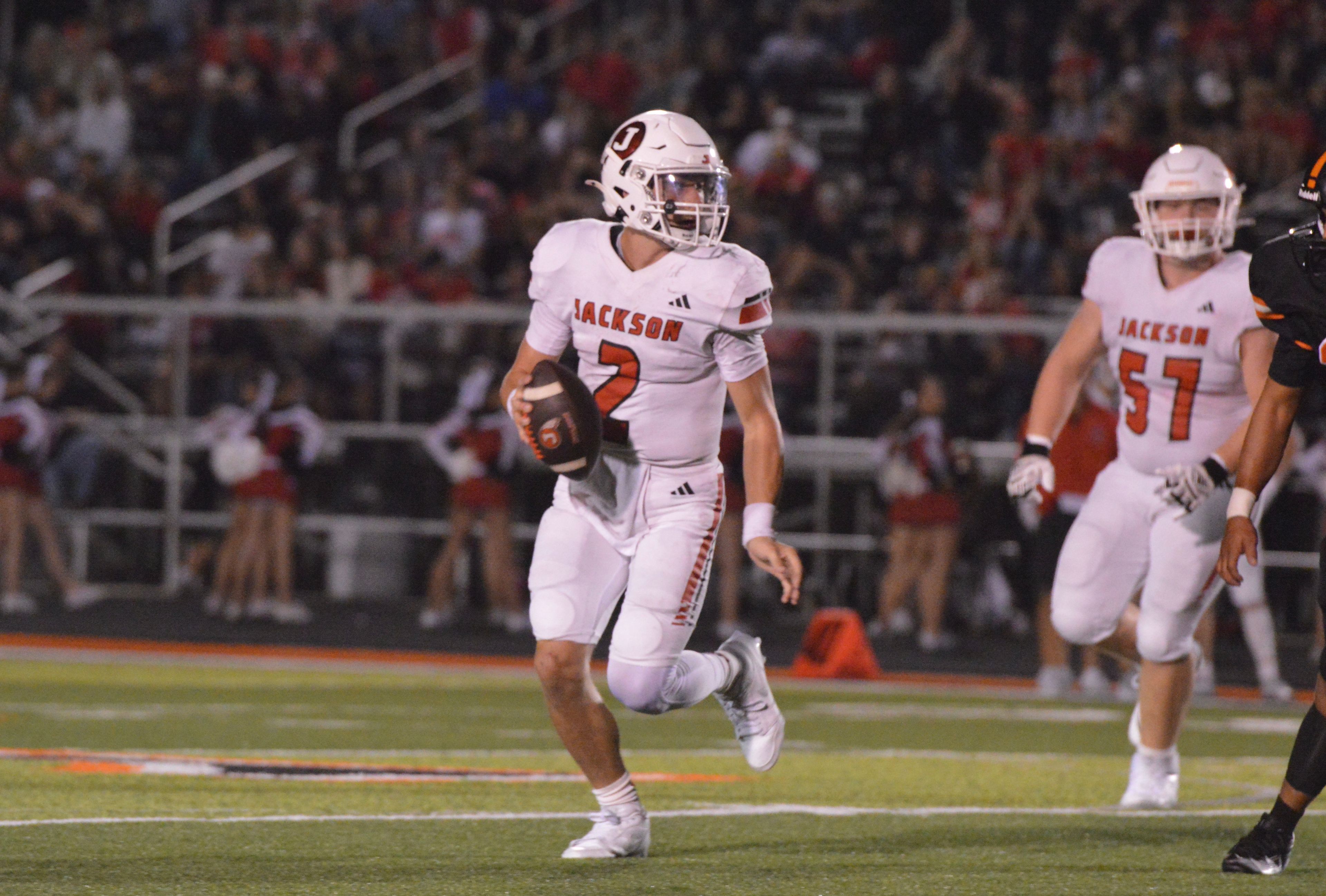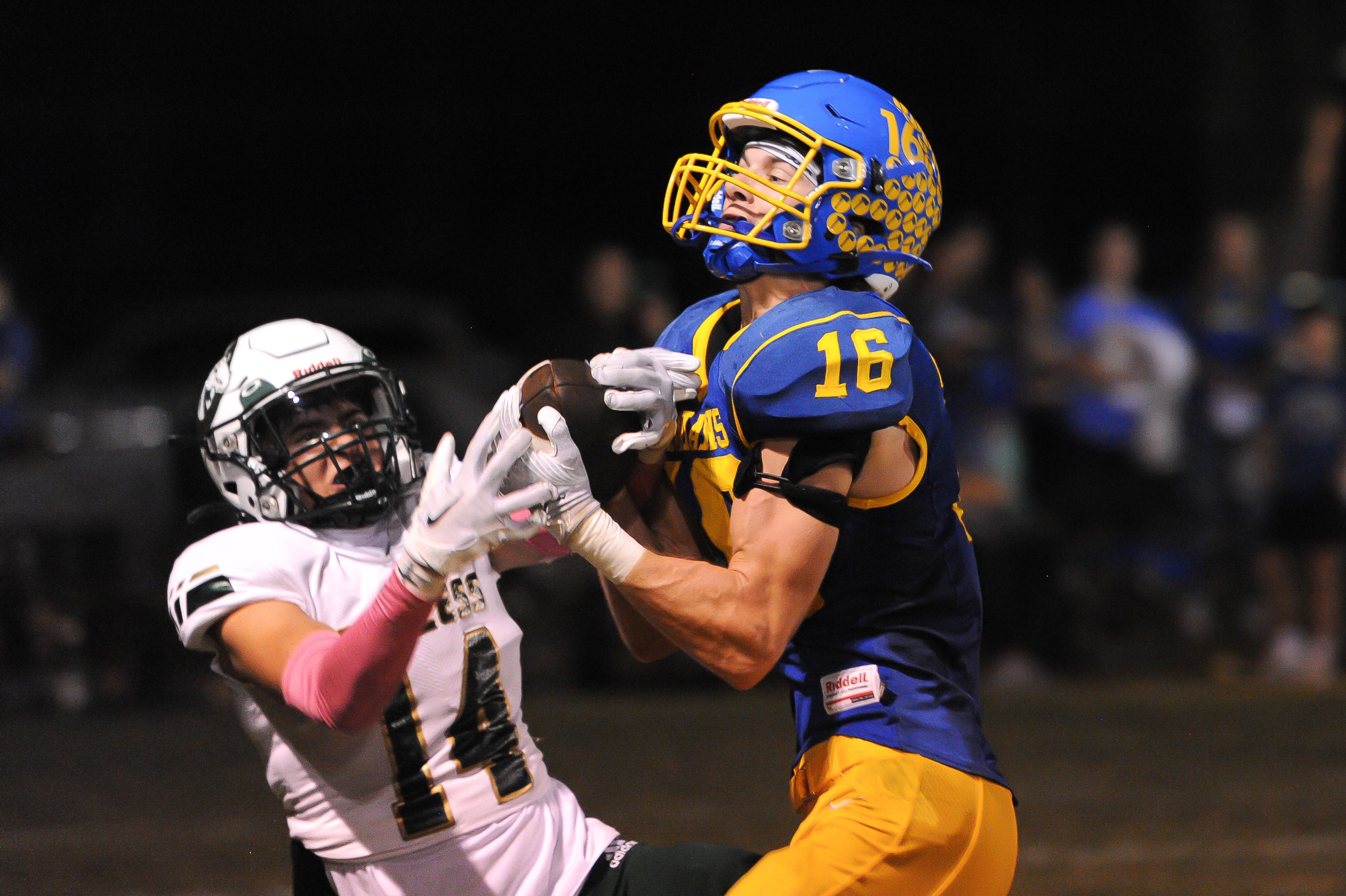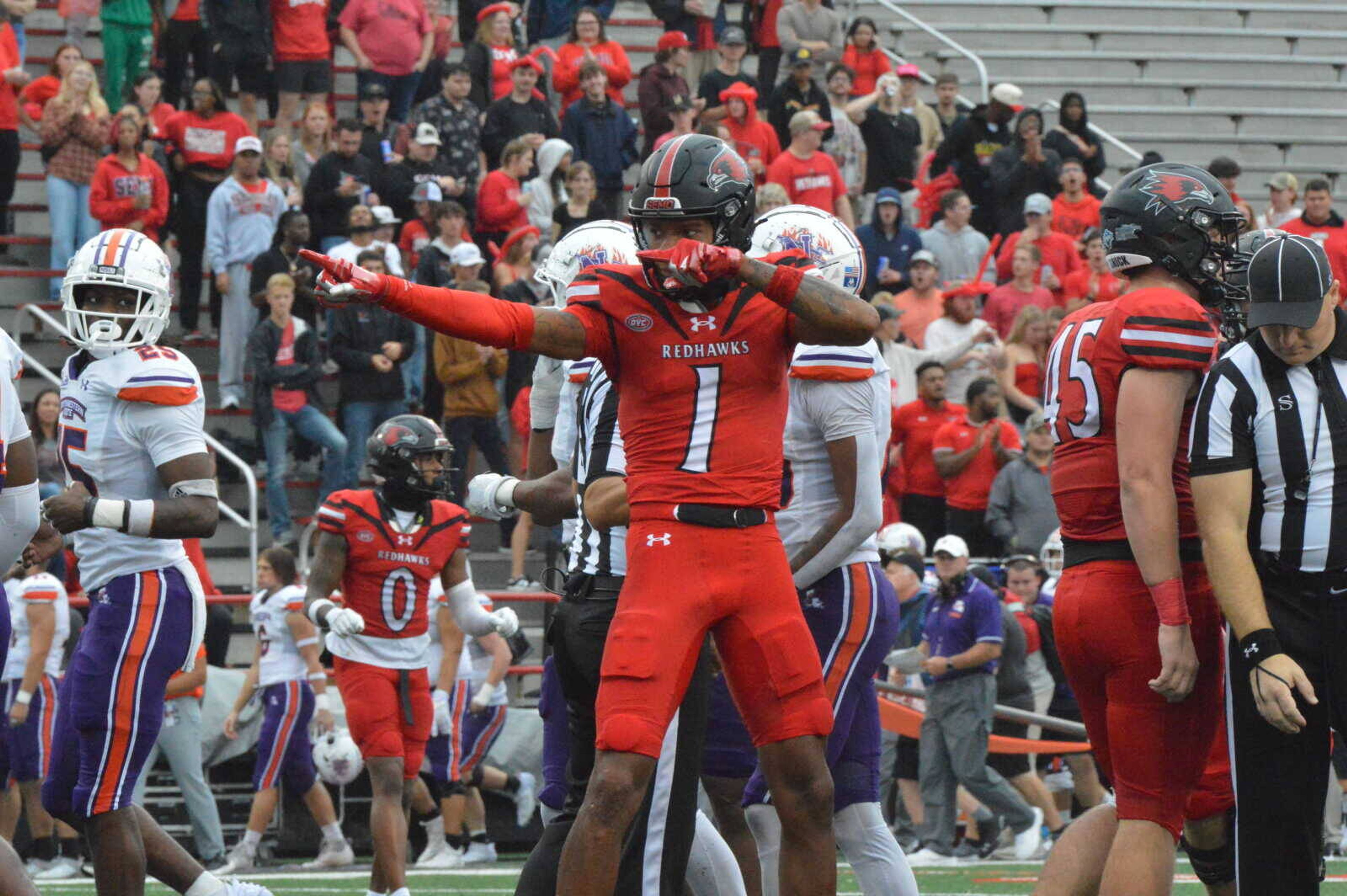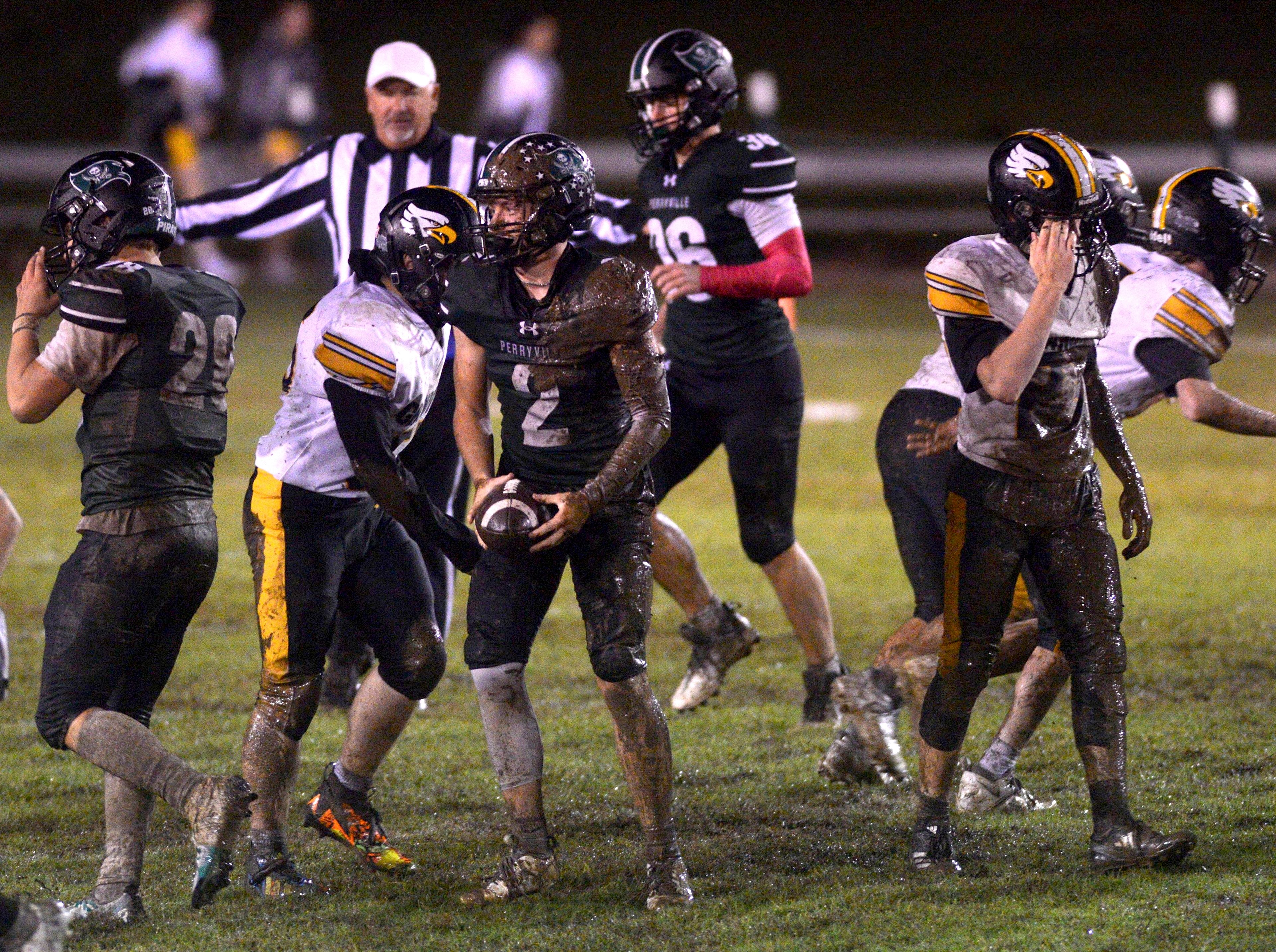~ The world's most famous race took a big hit when the IRL was formed in 1996.
INDIANAPOLIS -- Andretti. Unser. Penske. Rahal.
Indeed, the names look the same as they did back when the Indianapolis 500 was the main event of Memorial Day weekend.
There is, however, still a lot of work to do.
Ten years after the chasm in open-wheel racing was split open, the Indy 500 retains its prominent spot on the sports calendar.
"If it's a dead race, then why do all these people come back to try to win it?" says Tony Kanaan.
But, Kanaan concedes, there are still plenty of hurdles for his sport to overcome. And the solution goes well beyond simply reuniting with what is now known as the Champ Car circuit and undoing the fracture that was created in 1996.
"If it were me, I'd just say get them back together and everything's OK," Kanaan said. "But we all know it's not that simple. That's why they tell us to race, to not say anything, and to let the business people take care of the business part."
Ten years ago, Indy Speedway owner Tony George decided to form a new series, the Indy Racing League, that would feature oval racing -- no road courses -- and have a heavier emphasis on American drivers. He devoted 25 of 33 starting spots in the Indy 500 to drivers in his series. Drivers in the rival Championship Auto Racing Teams (CART) responded by boycotting the race and running one of their own on the same day, in Michigan.
Big damage
The rift was a disaster on almost every level -- public relations, ticket sales, the overall product -- to pretty much everyone except, say, Buddy Lazier, who won the 1996 Indy 500 as part of the least distinguished field in the history of the race.
Lazier, not surprisingly, defended George's move and said that, a decade later, open-wheel racing is better for it in many ways.
"The thing nobody remembers or talks about was that open-wheel racing at that time was a completely noncompetitive sport," said Lazier, a semi-regular open-wheel driver at the time of the split. "I remember looking around for sponsors and they all said, 'No, because there's no excitement. We already know who's going to win.' I'd say these days, for all the good and bad that's happened in between, people realize there's no preordained outcome anymore."
While there remain dominant teams in the new IRL -- Roger Penske, Bobby Rahal, Chip Ganassi, Andretti-Green -- it's also true that there has been more exciting side-by-side racing and more fantastic finishes in open-wheel since the split.
The personalities are getting better, too. Last year, Danica Patrick made a bid at becoming the first woman to win the Indy 500 before finishing fourth. It was, many felt, the true beginning of the resurgence of open-wheel racing.
Other signs the IRL might overcoming some obstacles include:
* The disbanding of CART 2 1/2 years ago, to be replaced by the very similar Champ Car series, along with the defection of many top CART teams to the IRL, which has actually alienated some fans who believed the split was designed to level the playing field by eliminating the big-money teams.
* The addition of three road-course races by IRL, a nod to the idea that the new circuit felt secure enough to forego its oval-only branding.
* The gradual climb back to respectability of the Indy 500, helped last year by Patrick and maybe best illustrated this year by the decisions of Eddie Cheever, Michael Andretti and Al Unser Jr. to unretire so they could be part of "The Greatest Spectacle in Racing."
"The general feeling is it is starting to come back," Unser said. "If we can be part of the success, that's great."
Even the biggest optimist knows, however, that it will take more than a few vintage names and a success in the biggest race of the year to undo 10 years of damage.
Playing second fiddle
NASCAR continues to grow and is clearly more popular than the open-wheel version of the sport. Stock car racing's biggest circuit picked up $4.48 billion over eight years in its latest TV contract. IRL, which doesn't release details of its TV deal, doesn't take in anywhere near that much, and what it does earn comes basically on the strength of its most marketable show, the Indy 500.
The IRL also cut its schedule to 14 races this year, dropping events in California, Phoenix and Colorado -- not exactly the sign of a league that is prospering.
Every year around this time, talk of reuniting with the vestiges of CART gets hot and heavy.
"I think unification would be a very good thing for the sport," said Ken Ungar, the IRL's former senior vice president of business affairs. "It's really time for both Champ Car and Indy Car to embrace their fans together."
Still, ticket sales are up this year and, as Kanaan says, there is a reason all these fans and drivers come to Indy.
"The reality is that open-wheel racing is hurting," said the 2004 IRL champion. "Everyone realizes that, including Tony George. But I don't think Indy is anywhere near dying. It's not like it was 20 or 30 years ago, but it's not like it was 10 years ago, either."
Connect with the Southeast Missourian Newsroom:
For corrections to this story or other insights for the editor, click here. To submit a letter to the editor, click here. To learn about the Southeast Missourian’s AI Policy, click here.






